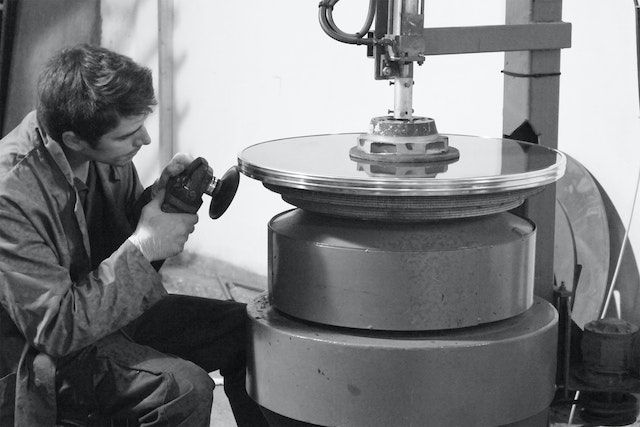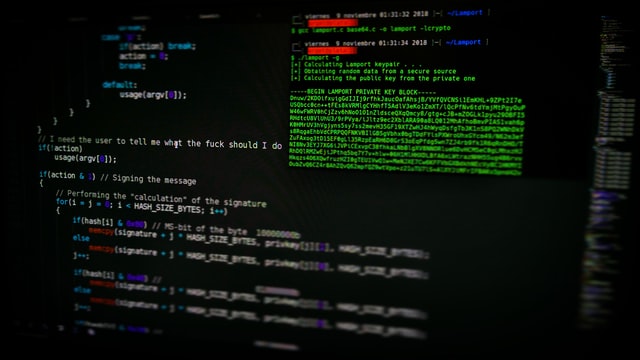What Are Different Community Solar Projects? We will give you the inside scoop. There are three types of these projects: public, utility-owned, and third-party. Each has its advantages and disadvantages. In this article, we’ll explore the pros and cons of each one. You’ll learn why community solar is the best way to generate renewable energy for your community.
Shared solar
The shareable solar market is primarily concentrated in just a few states, but GTM expects it to grow sevenfold within the next two years. In the US, they built the first shared solar project in Ellensburg, Washington, in 2006. Shared Renewables HQ, a clearinghouse for shared solar projects, is reporting that 80 percent of near-term shared solar activity will occur in just four states. In these states, the utility is required to run pilot projects, and some have passed policies to encourage shared solar.
Shared solar projects can be run as cooperatives or by utilities. Community-scale shared solar projects must have at least ten subscribers. Each member receives an average of 1,000 net-metered credits each year. Credits cannot exceed historical annual average consumption, and subscribers cannot account for more than 40% of the project’s credit allocation. Moreover, shared solar projects can only provide credits to customers with more than two subscribers. Third-party providers can also manage these projects.
Utility-owned
The most common structure for utility-owned community solar projects is an upfront payment system. In this model, each co-op member or utility subscriber pays the entire solar panels cost and shares in the solar energy system upfront. Then, every month, participants are given credit on their electric bills for the electricity generated by the system. This investment model typically yields a 20-year payback. However, there are pitfalls.
For instance, a solar community project is typically operated by a utility, such as Xcel Energy, in Wisconsin. Xcel Energy is a major investor-owned utility in the state and has built three other community solar gardens. Its goals include achieving net-zero emissions and expanding its renewable portfolio across all its operating conditions. In addition, Xcel Energy was the first investor-owned utility in the country to propose a net-zero carbon goal.
Third-party
While many community solar projects generate clean energy, they aren’t all created equal. Some have subscription models that require a large upfront payment, while others need monthly payments. Subscription models are challenging to understand because they often don’t offer a clear picture of how much each subscriber will receive and what they will be responsible for. Some solar community projects also require subscribers to pay Renewable Energy Certificates (RECs), which represent the renewable attributes of the power produced by the solar array.
In many community solar projects, utilities and third-party organizations select the site and sponsor the project. In exchange, the sponsor pre-sells solar panels to utility customers. The cost of the panels pays for the project’s building, operations, and financing costs. In addition, the host pays a monthly fee to the sponsor, which then distributes virtual net metering credits to subscribers. Third-party community solar projects are unavailable in all states, and you should carefully research your options.
Public
While many states have passed legislation promoting the installation of public community solar projects, others have not. Some require a credit check to participate, and others have not allowed large businesses to participate. Regardless of the reasons, community solar is making strides in helping homeowners and businesses go green. But, how do you know if public community solar is right for you? The first step in implementing the program is to make it easier for people to go solar. While it’s not easy, you don’t have to pay for solar panels. If you have a rooftop, you can install a solar panel on it. The system will then be connected to the electric grid. It will help generate enough power to power the city. And it will benefit the entire area. The state’s Public Service Commission is phasing in the VDER program in stages. The first order establishes the framework for solar community projects. The credits are available for mid-sized projects on vacant land. The program will expand to include other technologies, such as stand-alone energy storage and combined heat and power. Community solar projects are also welcome on smaller rooftops.
Brownfield
Brownfield community solar projects are a great way for cities to take advantage of their underutilized land. These sites are often contaminated with hazardous chemicals and have a history of abandonment. They are also an excellent opportunity to revitalize otherwise unusable areas and promote economic development. Aside from the environmental benefits of these projects, brownfields are a perfect place to develop solar projects because the land is generally inexpensive. Aside from the financial benefits, a solar installation can help revitalize an area, increase property values, and attract businesses that seek clean energy.
To get started, check the Illinois EPA’s website for brownfields. This database will give you access to site remediation databases and cross-reference those with federally managed databases. Additionally, the Illinois Power Agency is an excellent resource for information and guidance regarding renewable energy development in the state. Additionally, the Illinois Department of Commerce and Economic Opportunity offers several incentives and grant opportunities for community development and renewable energy projects.

 Keeping Your Hearth in Top Shape: The Value of Routine Fireplace Repair
Keeping Your Hearth in Top Shape: The Value of Routine Fireplace Repair  Septic Systems: Maintenance Tips for Homeowners
Septic Systems: Maintenance Tips for Homeowners  Timeless Elegance: A Guide to Buying Your First Antique Shelf Clock
Timeless Elegance: A Guide to Buying Your First Antique Shelf Clock  Fostering Tranquility: Infusing Personal Well-Being into Home Renovation Ventures
Fostering Tranquility: Infusing Personal Well-Being into Home Renovation Ventures 


